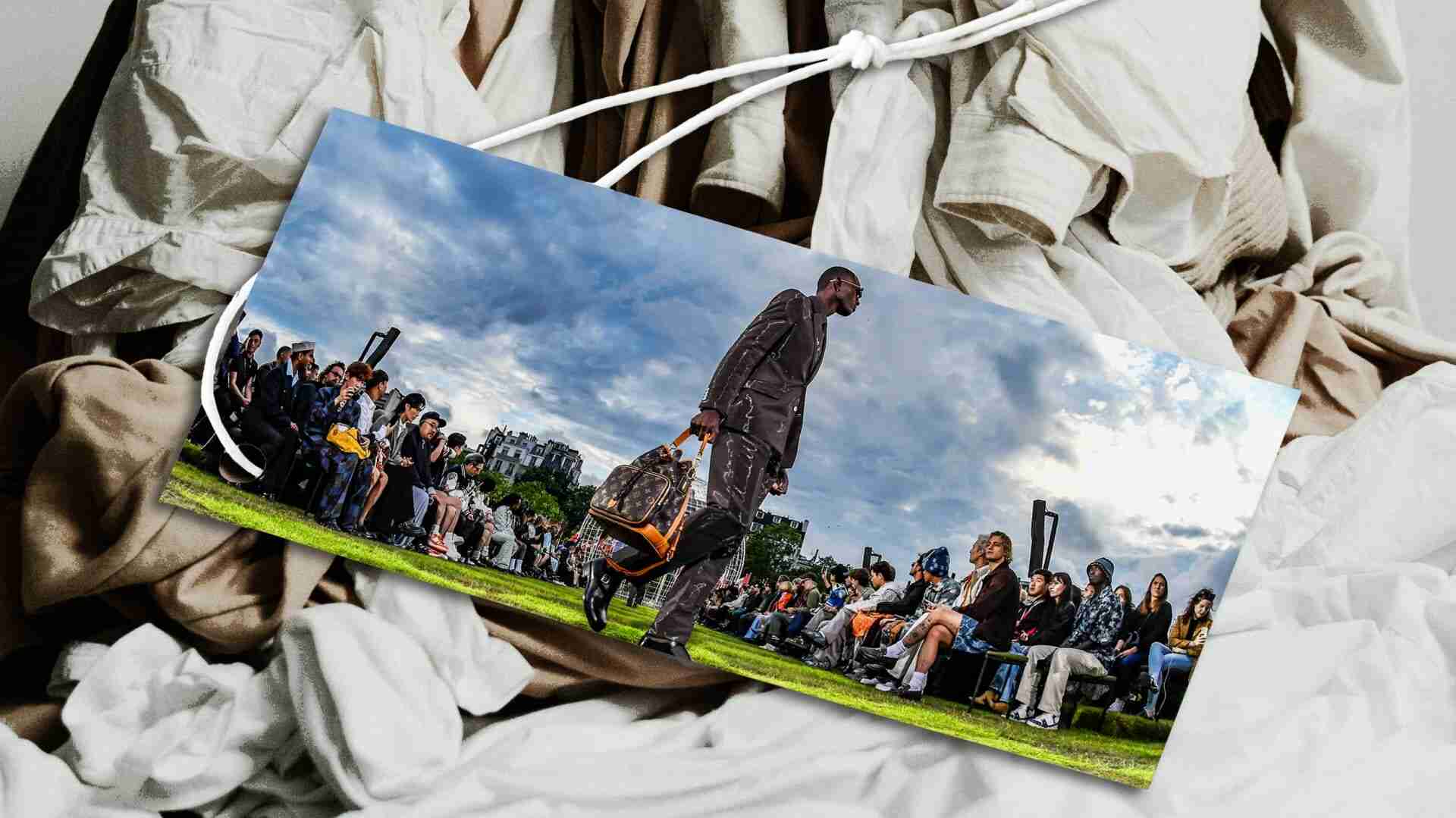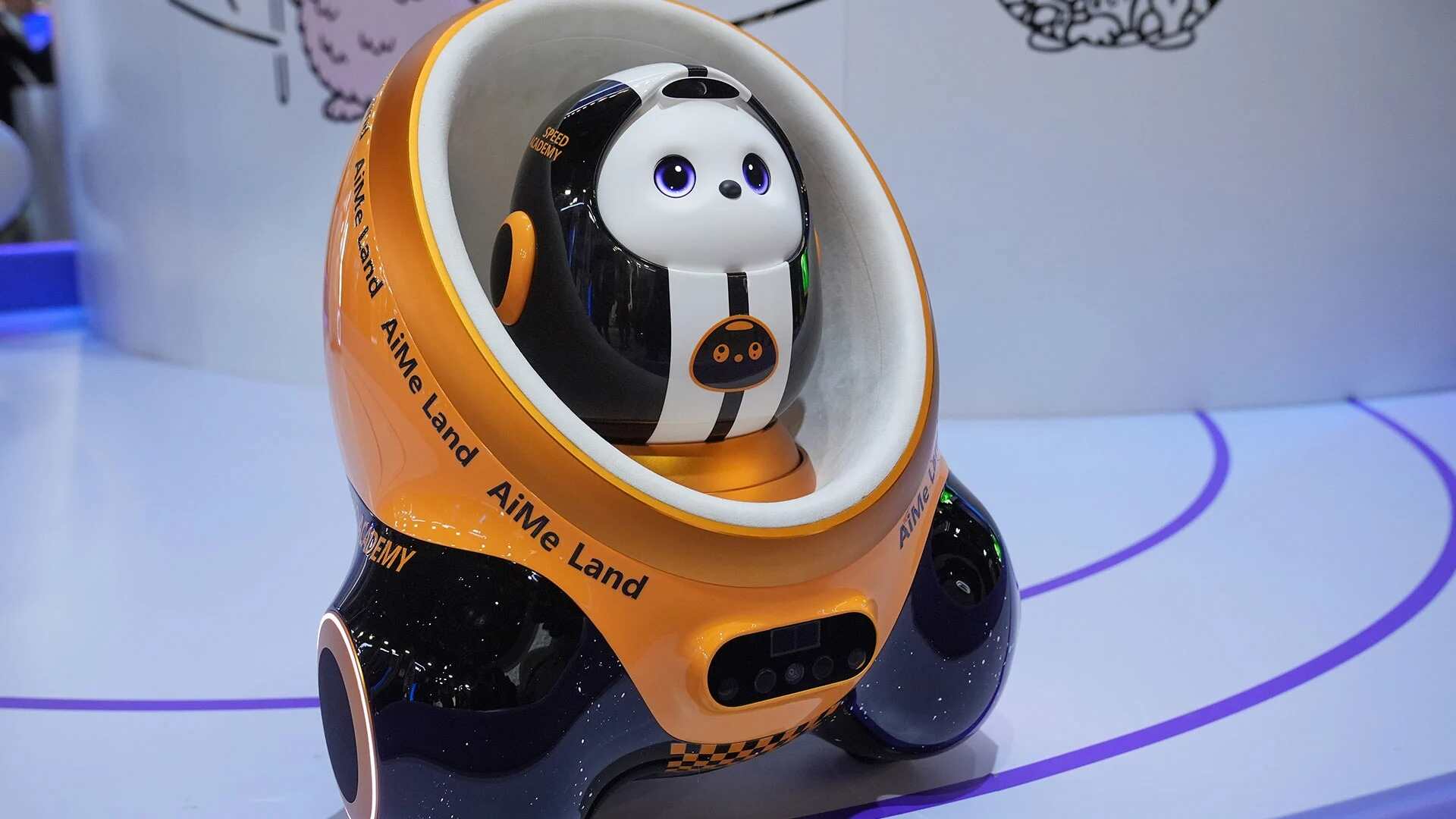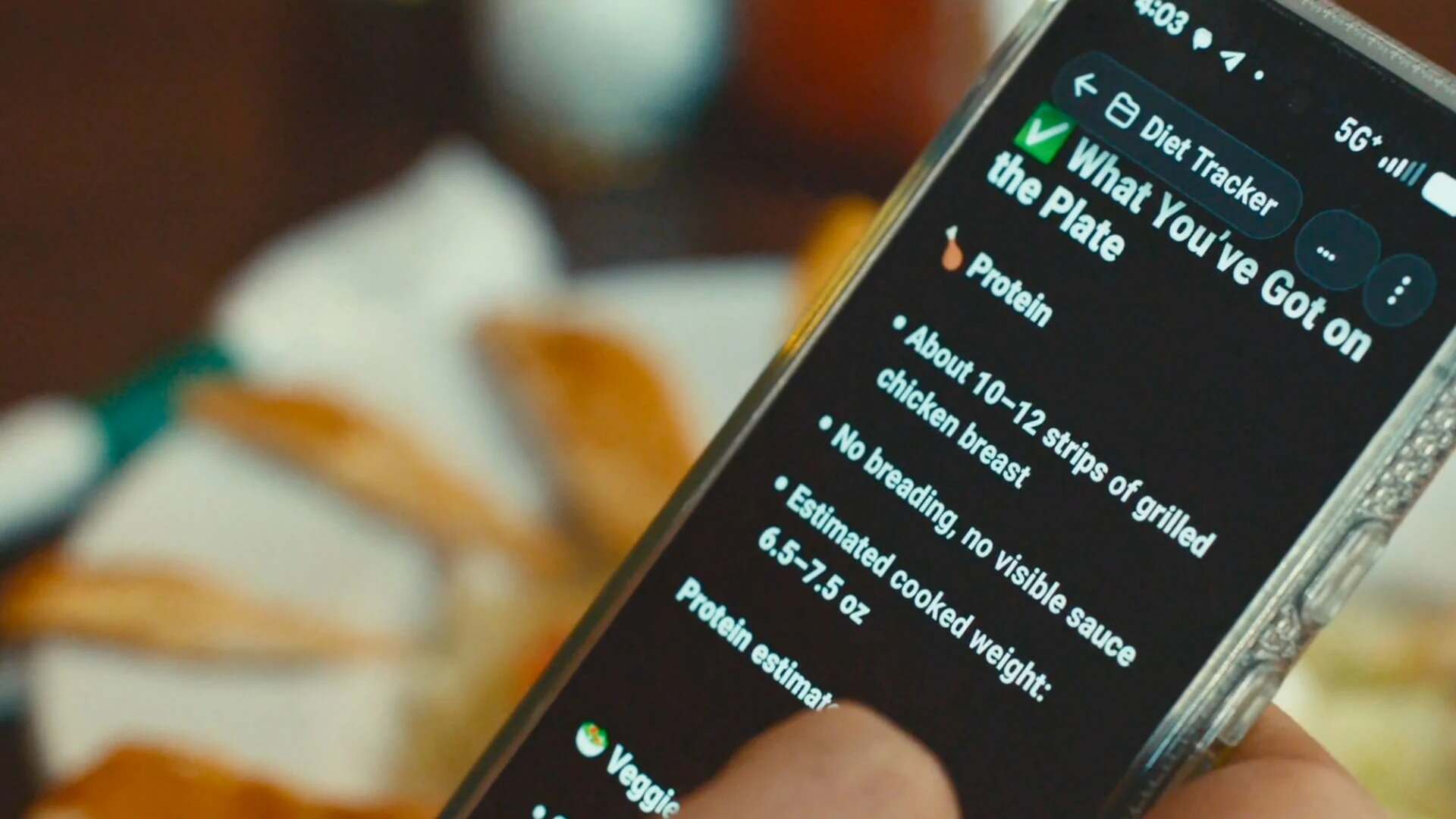- | 8:00 am
Fast fashion is entering a new era
Imran Amed talks about the tumult at Shein and fashion’s role in the climate crisis on the latest episode of the ‘Rapid Response’ podcast.

The fashion world is at a sudden inflection point. Big luxury players are struggling, e-commerce markets are floundering, and ultrafast players like Shein are disrupting. The Business of Fashion’s Imran Amed takes us inside the tumult, providing a framework to understand the trends and their larger economic impact. Plus, how manufacturers are adapting to new sustainability scrutiny, and the first year of Pharrell Williams’ tenure at Louis Vuitton.
This is an abridged transcript of an interview from Rapid Response, hosted by the former editor-in-chief of Fast Company Bob Safian. From the team behind the Masters of Scale podcast, Rapid Response features candid conversations with today’s top business leaders navigating real-time challenges. Subscribe to Rapid Response wherever you get your podcasts to ensure you never miss an episode.
RECAPPING 2024’S COUTURE SHOWS AT PARIS FASHION WEEK
Paris Fashion Week’s couture show just concluded. For those of us who aren’t in the fashion business, how does this latest show in Paris fit into the fashion cycle?
Couture shows sit at the very top of the fashion pyramid. There’s a whole bunch of rules you have to follow about how the clothes are made, who makes them, where they’re made . . . These clothes are made specifically for the individual. There are clients at those shows, watching the looks come down the runway and thinking about what they want to buy. Sometimes these looks can sell for hundreds of thousands of dollars because they’re all made by hand, using specialist ateliers that are scattered all over France. The scale of the business is not huge. They say there are only about 200 women in the world that can buy haute couture. But there are meaningful, sizable brands that focus on haute couture. It’s kind of the dream factory for the fashion industry.
Were there takeaways from the couture shows?
The fashion industry is in a pretty challenged place at the moment after a pandemic boom in the luxury industry where brands were growing at high 20% annual growth figures.
This week, you saw shows by designers like Tom Brown and Daniel Roseberry, who’s the creative director of Schiaparelli, a couture brand. They really seemed unperturbed by what’s going on in the industry. These shows were incredible. Daniel took us all into the basement of this old mansion in the heart of Paris, and we were plunged into darkness. And we were all seated in this like rectangular shape, probably no more than 200 of us at the most. The first model emerged, sheathed in a gold feather look made to look like real feathers. Tom Brown, he staged a show that was inspired by the Olympics. He created his show almost entirely from muslin. When you’re in the haute couture process, they make the first version of the garment out of muslin. And Tom, he chose to make his entire show out of muslin. And actually the invitation that they sent to us were muslin coats. It was a very experiential, very creative experience to have.
Meanwhile, the big brands like Dior and Chanel have been showing slowing sales in recent seasons. There’s this kind of crisis like, what’s going to happen now? Chanel actually doesn’t even have a creative director at the moment because three weeks ago, Virginie Viard, who took over from the legendary Karl Lagerfeld after he passed away, suddenly stepped away from the brand. And so that show went on without a creative director at the helm, which is highly unusual for a house like Chanel and really spoke to the fact that we’re in really a transitional moment, both for Dior and for Chanel—the two pinnacles of haute couture in Paris.
REFLECTING ON PHARRELL’S FIRST YEAR AT LOUIS VUITTON
I’m curious about Pharrell Williams and his tenure at Louis Vuitton. How do you interpret how he’s doing so far?
What the big bosses at Louis Vuitton and LVMH would say is that they weren’t looking for a traditional designer. Pharrell had the almost impossible task of stepping into the shoes of Virgil Abloh, who by the way, was also not a fashion designer. He was trained as an architect. And what Virgil managed to do was take a brand that seemed really inaccessible and really out of touch with culture, and he just kind of broke it open, broke the rules, you know? And that was a pretty bold move for LVMH to take at the time. It’s pretty inarguable that it was a really successful decision.
So when they were thinking about who could possibly step into Virgil’s shoes, I think they were looking for more of a cultural curator and communicator who could speak to that same community that Virgil had. There was a pretty large industry backlash to that announcement from people who said “you should be taking that opportunity and”—
Giving it to someone who paid their dues?
Yes, exactly. Louis Vuitton’s business lives and dies on the sale of handbags and leather goods. After that pretty monumental show that Pharrell staged almost exactly one year ago on the Pont Neuf in Paris, my eye was on the bags. What are the bags gonna be? Because, you know, that’s really what that business is built upon. And what he did was he took almost the most mundane ubiquitous Louis Vuitton bag shape, the Speedy, and he blew up the original Louis Vuitton print, which is the Damier checkerboard print, and kind of infused that with very vibrant color. And according to the reports that I’m hearing, those bags are selling extremely well.
After a year of Pharrell at Vuitton, I think he’s done a very good job of stepping into Virgil’s shoes and trying to pick up where Virgil left off. I think LVMH and Louis Vuitton are increasingly thinking of themselves as cultural brands, not fashion brands. And so perhaps this is a sign of the times.
A NEW ERA IN FAST FASHION
H&M just announced a surprise change in CEO. How much of what’s going on in fast fashion is about competitors like Shein and Temu?
Probably the biggest issue when it comes to fast fashion is the issue of waste. So much of what we produce in our industry is actually never bought or worn by anybody. And so all of the toxicity and chemicals and emissions that are part of creating clothing, all of that effort is actually for nothing. Those clothes are never worn because so much of the industry is making things without knowing what people actually want to buy.
And one of the things that Temu and Shein have managed to do is create this responsive manufacturing cycle, the way they work with manufacturers in really small runs, the way they’re testing and gathering data from customers on what people want before investing and making more of it. There’s part of that model that’s quite intelligent. The challenge is the materials they’re using, the conditions of the people who work in those supply chains. We don’t really know much about it because they’re not very transparent about it. It causes me a lot of concern that we’re training customers to buy things and wear them once or twice and then discard them.
Zara is responding to this by moving a bit more upmarket. They’re trying to reduce waste. H&M has historically been one of the businesses that’s most focused on sustainability. But they’ve really lost their creative edge.
I never realized the volume of waste that was from clothing that’s never worn and that in some ways, the model that Shein and Temu were using are reducing that aspect of it, even as what they’re producing is even more disposable than ever.
Exactly. Yeah.
THREE THINGS TO WATCH IN THE FASHION INDUSTRY THIS YEAR
If there are a handful of things that I should be focused on about the fashion business right now, what are they?
I would keep my eye on artificial intelligence because just as it is likely to disrupt pretty much everything in business and creativity, it’s going to be really interesting to see how leaders on both the creative and the business side of fashion begin to integrate AI tools and processes. Some of the designers I’m talking to are also already using some of these tools.
The second is the rise of the Indian fashion market. Over the next decade, India is going to become the third largest economy in the world—a market that every fashion CEO I know is starting to look at.
And the third thing is fashion’s role in addressing the climate crisis. Fashion is one of the highest emitting, most damaging industries in the world. Focusing on waste is really really important. Not just because we’re living on this planet that’s getting hotter and hotter, but also because this is an industry that’s going to be more challenged over the next 10 years. And I think people are going to be looking for ways to cut costs and deliver more efficiently to customers. A big part of that will come from reducing waste.







































